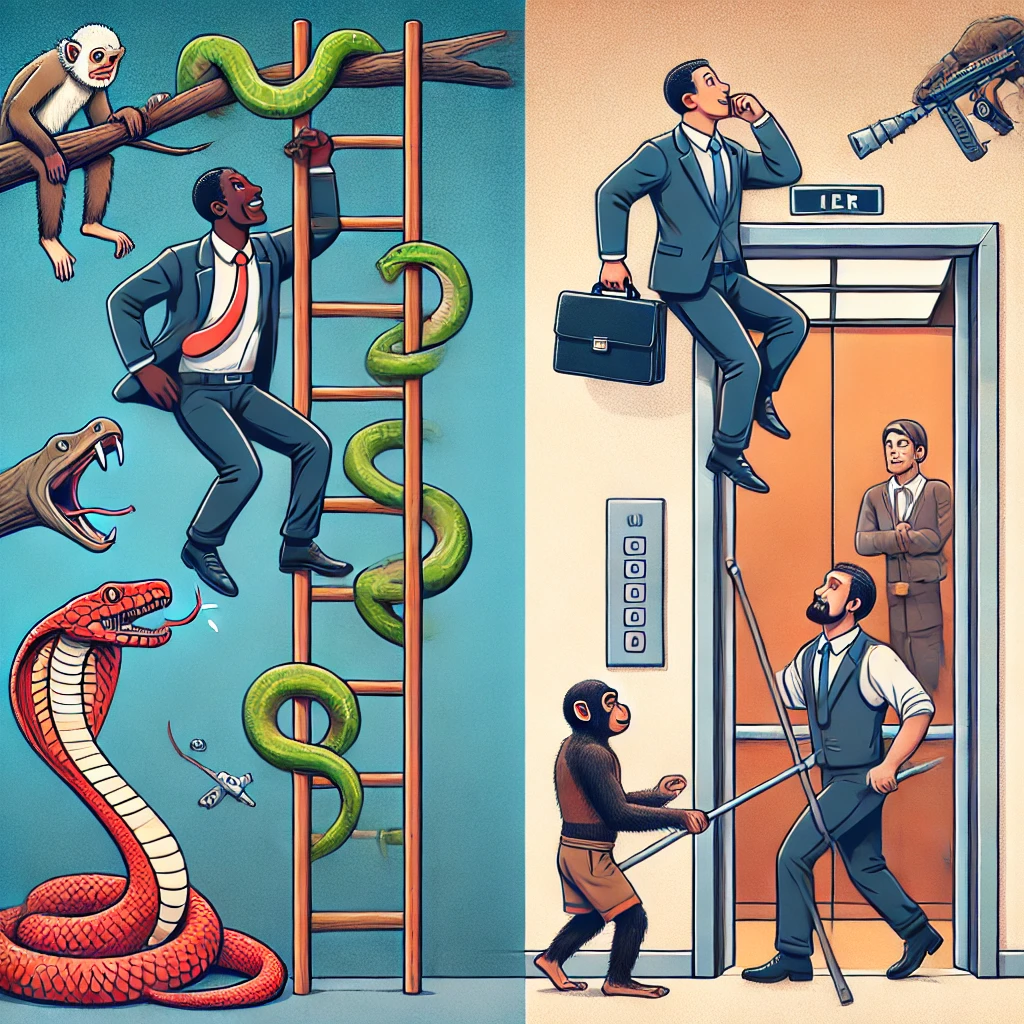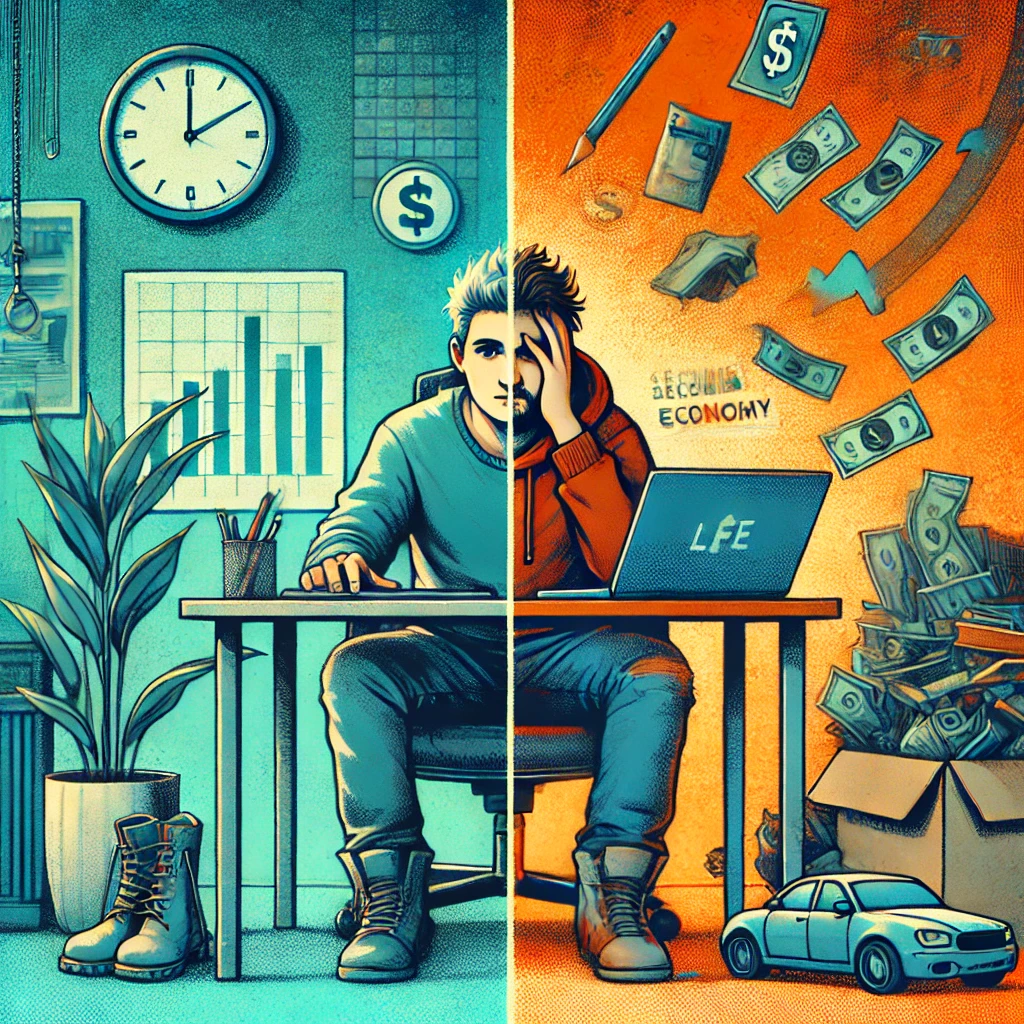Summary: The gig economy, characterized by freelance, part-time, and contract work, has been a significant part of the labor market for years. Despite its flexibility and independence, many gig workers eventually transition to traditional employment. This article explores three main reasons why individuals leave the gig economy for regular jobs, supported by recent news and scholarly sources.
1. Financial Stability and Benefits

One of the primary reasons gig workers seek traditional employment is the pursuit of financial stability and benefits. Gig work often needs more security and benefits than full-time employment, such as health insurance, retirement plans, and paid time off. According to a recent study by the Economic Policy Institute, many gig workers cite the absence of these benefits as a significant drawback of the gig economy (Economic Policy Institute, 2024).
The lack of financial stability in gig work is compounded by fluctuating incomes. A report by McKinsey highlights that 36% of gig workers choose independent work out of necessity, often due to insufficient income from their primary jobs (McKinsey, 2024). This instability is particularly concerning during economic downturns, where gig workers may struggle to find consistent work.
Recent headlines also reflect this trend. The Mercatus Center reported that economic uncertainties and rising inflation rates have prompted many gig workers to seek stable employment with reliable income and benefits (Mercatus Center, 2024). This shift underscores the importance of financial security in workers’ decision-making processes.
2. Job Security and Career Growth

While the gig economy offers flexibility, it often needs more long-term job security and career advancement opportunities in traditional employment. Many gig workers experience periods of unemployment between gigs, which can lead to financial stress and uncertainty about the future. The Corporation for Economic Development found that 55% of gig workers also maintain full-time jobs to mitigate this instability (CED, 2024).
Traditional jobs provide a structured career path with opportunities for growth, promotions, and skill development. A study by Deloitte revealed that 64% of full-time workers engage in side hustles primarily to make extra money. However, they still value their primary jobs’ stability and career progression (Deloitte, 2024). This dual engagement indicates a preference for traditional employment’s security and growth potential.
Moreover, various industries’ ongoing technological advancements and automation threaten many gig jobs. The integration of artificial intelligence and automation is expected to replace numerous gig roles, pushing workers to seek stable employment to safeguard their careers. A recent article by Corp! Magazine highlighted the rise of automation, emphasizing how technological disruptions drive workers towards traditional jobs for job security and growth prospects (Corp! Magazine, 2024).
3. Work-Life Balance and Mental Health

Work-life balance is another critical factor influencing the shift from gig work to traditional employment. Many gig workers, like rideshare drivers, work irregular hours, sometimes staying on the road late into the night or early in the morning to make enough money.
This grueling schedule can lead to burnout, as drivers constantly hustle for the next fare and manage multiple clients with no guaranteed income. Imagine a driver spending ten-hour days on the road, only to come home exhausted and with little energy left for personal life. According to a report by Zety, 38% of gig workers are aged 18-34, a demographic that highly values work-life balance and mental health (Zety, 2024).
While flexibility in gig work can seem appealing, it often blurs the lines between personal and professional life, increasing stress and reducing quality of life. The McKinsey survey revealed that 58% of employees in traditional jobs can work from home at least one day a week, making these jobs more attractive as they offer some flexibility without the unpredictability of gig work (McKinsey, 2024).
Recent news supports this trend. The Mercatus Center reported that the economic volatility and pressures of maintaining a gig lifestyle have driven many workers to seek stable employment with predictable schedules, ultimately improving their mental health and overall well-being (Mercatus Center, 2024).
While the gig economy offers flexibility and independence, many workers are increasingly transitioning to traditional employment for financial stability, job security, career growth, and a better work-life balance. Recent economic challenges and technological disruptions have further highlighted the vulnerabilities of gig work, prompting workers to pursue the benefits and security associated with regular jobs. Understanding these motivations as the labor market evolves can help employers and policymakers create more supportive environments for all types of workers.
What has been your experience in the gig economy? Are you ready to turn in the keys yet?
References
Corp! Magazine. (2024). The Gig Economy is Changing the American Workforce and Its Employers. Retrieved from Corp! Magazine.
Deloitte. (2024). Millennial Survey. Retrieved from Deloitte.
https://www.deloitte.com/global/en/issues/work/content/genz-millennialsurvey.html
Economic Policy Institute. (2024). Gig Economy Statistics. Retrieved from EPI.
https://www.epi.org/research/gig-economy
McKinsey. (2024). Freelance work, side hustles, and the gig economy. Retrieved from McKinsey.
Mercatus Center. (2024). The Economic Situation, June 2024. Retrieved from Mercatus Center.
https://www.mercatus.org/research/policy-briefs/economic-situation-june-2024
Zety. (2024). Gig Economy: Definition, Statistics & Trends. Retrieved from Zety.






Leave a Reply